Inside: Here are 15 relaxation techniques to do with your children when they are stressed, feeling anxious, or having a meltdown. Do them together as a family to help everyone find Zen harmony!
Relaxation Techniques for Children & Grandchildren
Ever heard of mirror neurons? It’s a way we unconsciously send our emotions or feelings into a room and affect other people in the room—for good or for bad. When we’re under stress, our children and teens can pick up our negativity and anxiety through the “mirror-neuron-emotions” which can affect their actions. The opposite can also happen–parents can pick up their child’s negative energy. What can we do to diffuse our stress and help our kids at the same time?
I recently wrote a blog on 5 ways to relax. Today, I’m adding 15 “tidbit” relaxation techniques. Most are simple and can be done quickly and all pack a powerful punch of unwinding and decompressing. In a nutshell, they’re just what the doctor ordered for kids and grandkids needing a way to relax.
So, when you, your kids/grandkids are having a meltdown, feeling anxious, stressed, or angry–try one or two of these techniques. They work!
15 Simple and Powerful Relaxation Techniques
#1 Walk Your Cares Away
We all know how important exercise is to our body and mind. But you don’t have to sweat for hours at the gym or run a marathon to benefit from exercise. A simple walk will do the trick. Walking around the block will release endorphins—the opiate feel-good chemical in the brain–which will reduce or eliminate stress.
Walking also:
- Calms the mind
- Improves digestion
- Exercises the heart and lungs
- Improves sleep
- Improve muscle tone
Suggestion:
Add walking to your family routine and watch how much better everyone feels, acts, and responds to daily stress. Go on nature walks, listening walks, and even winter walks to calm and energize your kids, grandkids, and your soul!
Check out these books to create a more interesting walk: The Listening Walk by Paul Showers or Spring Walk by Virginia Snow
#2 Laugh Out Loud!
Believe it or not, laughter is a whole-body experience because it positively affects every organ of your child’s body. Children naturally find things to laugh at, but parents under stress forget how much this simple activity can balance both body and soul.
Laughter can:
- Releases feel-good brain chemicals
- Shuts down the production of stress hormones
- Releases catecholamines into the bloodstream which reduces inflammation and speeds the healing process.
- Works the abdominal muscles making them stronger
- Strengthens the lungs
Suggestion:
Grab your children and do 100-200 belly laughs every day which—according to the Mayo clinic—is the equivalent of jogging or rowing for 10 minutes (a fun way to burn calories).
Check out these fun books to have a great belly laugh: The Teacher from the Black Lagoon by Mike Thaler or The Librarian from the Black Lagoon by Mike Thaler
#3: Wake Up to Morning Pages
Years ago, I read Julia Cameron’s book, The Artist’s Way. She describes a powerful relaxation technique to reduce stress; bring calm into your life and solve the problems causing pain. It works for parents, children, and teens.
She calls it, “morning pages,” and it works like this:
- Each morning put your pen to the page and continuously write whatever comes into your mind for 3 full pages (don’t lift your pen from the page)
- Do not worry about punctuation, grammar, spelling, or critiquing your work.
- The goal is to tap into your inner sub-conscious; draw out anything that is causing you pain and eliminate it through the writing process
Don’t ask me why this works…but it does. This simple exercise will give you and your children a new perspective on life as you glean different solutions to lingering problems. You will feel happier and definitely more at peace.
By the way—this works amazingly for teens!
Suggestion:
Gather your children and teens around, explain how morning pages work; try it for 21 days and watch your family’s happiness quotient improve.
#4: Breathe Away Stress
Anxiety will change your child’s breathing. Less oxygen is taken in, and the additional CO2 alters the acidity in the blood which can lead to a panic attack. A quick way to defuse their anxiety is through simple controlled breathing exercises. I mentioned this in another blog, and it’s very simple:
- Breathe in through the nose for 3 seconds
- Hold for 7 seconds
- Breathe out through the mouth for 8 seconds
This type of breathing uses the entire lung capacity and allows a child to feel calm and relaxed almost immediately.
Suggestion:
Try this exercise each day before your kids go to school; after school; before doing homework; before eating and whenever they feel stressed.
A great book to teach kids different ways of breathing: Breathe Like a Bear by Kira Willey
#5: Pet Your Pet
When our son Ryan was about 11 years old, he turned into a little monster. We decided to get another pet to help him (despite the fact we already had a dog, bird, and fish). He wanted a cat—so we got him a cat. That cat lived for 19 years and was a devoted pet to my son (which is unusual since they are such independent little creatures).
Whenever Ryan was angry or anxious, he would take his cat and pet it. That simple act totally negated his anger.
Researchers at the University of California found that people and children who own pets suffer from less stress because of the unconditional love a pet gives its owners. A 2012 study at Virginia Commonwealth University found that families who own pets have lower stress levels and work more efficiently at school, home and work.
Suggestion:
Get your family a pet—or even “pets.” It may be the answer to happier teens and families! Check out this book about choosing a pet: What Pet Should I Get by Dr. Seuss
#6: Hug a Tree
Native Americans have long thought that trees contain reservoirs of energy that can ground and inspire those who connect with them in nature. Standing next to, touching, or even bear-hugging a tree will connect you to the life-giving energy of the tree and experience calm.
Suggestion:
The next time you or your child is feeling stressed or exhausted, go out in nature, find a tree; sit or lean against its bark; close your eyes; breathe deeply and soak up the energy these mighty forces of nature offer.
Great books to enforce the power of tree-hugging: The Hugging Tree by Jill Neimark and A Quiet Place by Douglas Wood
#7: Energy-Producing House Plants
You’ve probably heard about the importance of having house plants. It’s wonderful to have something that is alive and growing in a pot, but plants do so much more than provide beauty. They oxygenate the air and according to a NASA study, they filter toxins out of the environment helping people to feel better.
Suggestion:
Take your kids and purchase some potted plants to put in every room in the house. Besides oxygenating your environment, plants also help rid your home of formaldehyde found in furniture and benzene used in cleaning solutions.
#8: Chocolate–a Relaxing Food Group
I love chocolate. It makes me feel better and my homemade chocolate chip cookies work wonders for improving everyone’s mood in our home. Call it comfort food, but I think there is something magical about this creamy smooth substance.
Chocolate contains the stimulant theobromine, but apparently, it’s also full of the feel-good chemical related to amphetamine. Studies also suggest that chocolate is heart-healthy, prevents cancer, and improves moods.
Suggestion:
If your kids are like me—when they’re feeling low and you’re at a loss on what to do—buy them chocolate. It provides instant relief!
#9: Rescue Remedy
When I was studying nutrition, one of my classes was on the Bach flowers created by Dr. Edward Bach. He was a renowned physician and bacteriologist who was influenced by the work of Samuel Christian Hahnemann, the founder of homeopathy.
In the 1930s, Bach left his medical practice and began studying plants and flowers. He classified 38 emotional states and then experimented with flowers and the effect they had on each emotional state. When the flowers impacted an emotion, Dr. Bach soaked the flower in spring water; preserved the water in brandy, and made tinctures or remedies.
You are probably most familiar with Rescue Remedy which is made up of 5 different flowers:
- Clematis (for forgetfulness and not attending to tasks)
- Star of Bethlehem (for shock)
- Impatiens (for irritability and impatience)
- Rock Rose (to lessen terror or panic)
- Cherry plum (for fears or anger and to calm irrational thoughts).
The University of Miami School of Nursing found that Rescue Remedy can help adults, teens, or even children with stress or anxiety. And in most cases as much as a pharmaceutical drug, but without the side effects.
Suggestion:
Carry Rescue Remedy in your purse and when you or your children are feeling upset, anxious, or irritable put 4 drops on their tongues. It will only take a few minutes to notice a calming effect. You can also put 4 drops in water and sip throughout the day.
#10: Eat an Ice Cream Cone
Are you an ice cream fanatic? If so, check out my amazing homemade ice cream recipe.
It’s been found that people are happier when eating an ice cream cone. Maybe it’s a throw-back to your childhood or maybe there is something therapeutic in meticulously licking the ice cream off the cone, but whatever it is, it works for stress, anxiety, and even anger.
Ice cream is filled with calcium which like magnesium helps to nourish the nervous system and calm people down who are feeling angry, stressed, or irritable. It can even ward off panic attacks.
Suggestion:
The next time your children are anxious or upset—calm them down with an ice cream cone.
#11: Blink Away
Do you or your children spend long hours at the computer? If so, you’ll want to read my blog on the dangers of too much technology. Science has discovered that spending long hours at the computer can cause “computer vision syndrome.” It includes eye irritation and blurry vision; headaches, backaches, fatigue, and sore muscles.
To protect your brain AND your health from too much computer use, you must take 10 minutes each hour and get away from the computer screen. In another blog on technology, I give 14 different suggestions on how to reset the brain from the computer.
As odd as it seems, the mere act of blinking your eyes will help to lubricate the eyes and keep them from drying out. However, most of us blink 15-20 times per minute so you will need to consciously blink more to lubricate your eyes and help relieve eye strain caused by computer use.
Suggestion:
Every hour, step away from your computer. For eye relief: lie down; put cool compresses over your eyes and listen to soothing music or splash your eyes with cool and then warm water. Afterward, consciously blink, blink, blink
#12: Whistle While You Work
Believe it or not—whistling is a way of making music and pursing your lips to form this “music” improves your health and is a powerful relaxation technique.
Whistling strengthens your lungs which is important because most of us only use ½ to 2/3 of our lung capacity and when you strengthen lung capacity it affects every cell, organ, and tissue in the body and makes kids/grandkids feel better.
Whistling also:
- Lowers anxiety by regulating your breathing
- Eliminates stress by allowing your mind to focus on something happy.
- Lifts your spirits. Studies show that the act of whistling improves people’s moods.
Suggestion:
Wake up each morning and encourage everyone to whistle while getting ready for the day. Life will look better and stress will fade.
A fun book about learning to whistle: Whit Wittle Learns to Whistle by C. J. Webb
#13: Spritz Your World with Color
Can you imagine what a dull world it would be if we could only see in shades of black and white? (dogs only see in black & white). Did you know that most people ONLY dream in black and white?
Thank heavens we wake up from our dreams to a world dressed in the most dazzling colors of the rainbow! Why? Because color is powerful. We feel the vibrations of color through our skin; it affects our moods and using the right colors can melt away a child’s anxiety.
Color can
- Energize children, teens, and parents
- Have a clarifying effect on our minds helping us to think clearly
- Help children to express their inner needs
Because colors contain an energy field or aura it has been used for people suffering from a terminal illness, cancer, child abuse, or teens who have experienced the loss of a friend through suicide. How are colors used in these situations? By:
- Wearing certain colors
- Visualizing color (in a sunset, the ocean, trees, flowers, birds)
- Eating foods of specific colors.
Suggestion:
Help your children splash their work and sleep spaces with color. Let them pick out their own clothes as they are often drawn to colors their bodies need. And fill their diets with colorful fruits and veggies. Here are ways color affects us:
- Blues and purples are calming to the nerves; lower blood pressure and promote peace
- Reds are stimulating to the body; increase stamina and improve circulation
- Yellow eases mental fatigue and aids in digestion
- Green supports our immune system.
Read, Arctic White by Danna Smith. It’s about a grandfather who takes his granddaughter to see all the colors of the Northern Lights. Then come home and give your kids/grandkids lots of different colors of paints to paint their own northern lights!
#14: Don’t Lose Your Marbles
Reflexology works by stimulating the energy zones within the body and is amazing for bringing the body back into alignment. However, it usually requires going to a person trained in this therapy. But, since reflexology is mainly centered on the hands and feet, here is a simple exercise you can do with your kids at home to stimulate pressure points on the feet and help with relaxation
- Get a large plastic container (large enough to put your foot into)
- Fill the container with marbles
- Using one foot at a time, roll your foot over the marbles in a steady rhythmic fashion. It will act as a foot massage and stimulate the reflex points found on your foot.
- Repeat with the other foot
Suggestion:
Plan a weekend where you and your kids can do this fun relaxation technique. A fun book about reflexology for kids is: My Bare Feet by H J Ray
#15: Yoga: The Ultimate Zen Harmony
Yoga is an amazing way to experience Zen harmony. The five main systems of yoga include: spiritual, emotional, mental, physical, and social. It’s accomplished through different postures and sequences. Harvard Medical school found that yoga can reduce anxiety, blood pressure, and heart rate as well as help people with diabetes.
As I mentioned in other blogs, yoga can be used to help children sleep and aids digestion. It can also help with relaxation and eliminating stress.
One yoga pose that is very simple to do with your children is called Savasana or the corpse pose. Here’s how it’s done:
- Lie on your back on the floor with your whole body touching the ground
- Palms should be pointing upward
- Legs and arms apart
- Breathe deeply
Suggestion:
Try this yoga pose with your children before bedtime; before school or whenever they feel stress or anxiety. As a family, take a yoga class. And check out the book: Goodnight Yoga by Mariam Gates.
There are many other relaxation techniques for you and your kids that I didn’t cover—meditation, naps, imagery, music therapy, gardening, dancing, painting, and more—but this list of 15 will give you a powerful place to start.
Enjoy!
What relaxation techniques do you do as a family to unwind and get rid of stress? Please share in the comment section below.
Some of the information included in this post is part of my “Tidbits of Wisdom for Parents” series on YouTube. To access the link, click here.
Want to remember this post? Post, “15 Awesome Relaxation Techniques When Your Kids Have a Meltdown” to your favorite Pinterest board!
FAQ’s
What helps to relieve stress?
The simple act of walking relieves stress. Science has also discovered that laughing out loud will relieve stress because it releases feel-good brain chemicals and shuts down the production of stress hormones. Petting your pet is a powerful de-stressor and research shows that having a family pet lowers stress levels. Hugging or standing next to a tree will lower stress as your body comes in tune with the energy of nature. Plus, eating chocolate, growing houseplants and more relieve stress in children, teens, and adults.
How do you relax your mind?
Meditation, taking a hot bath, reading a book, going on a walk, singing or whistling, acupuncture, or reflexology are all ways to relax the mind. Magnesium taken at night will slow down the mind making it easier to fall asleep.
Why are relaxation techniques important?
If you want to lower your blood pressure, stress levels and improve your health, doing some easy relaxation techniques will help. Taking a walk-in nature, writing in a journal, eating an ice cream cone filled with relaxing calcium and magnesium, rolling your feet over marbles as a reflexology technique and yoga poses are all ways to help relax and improve health.

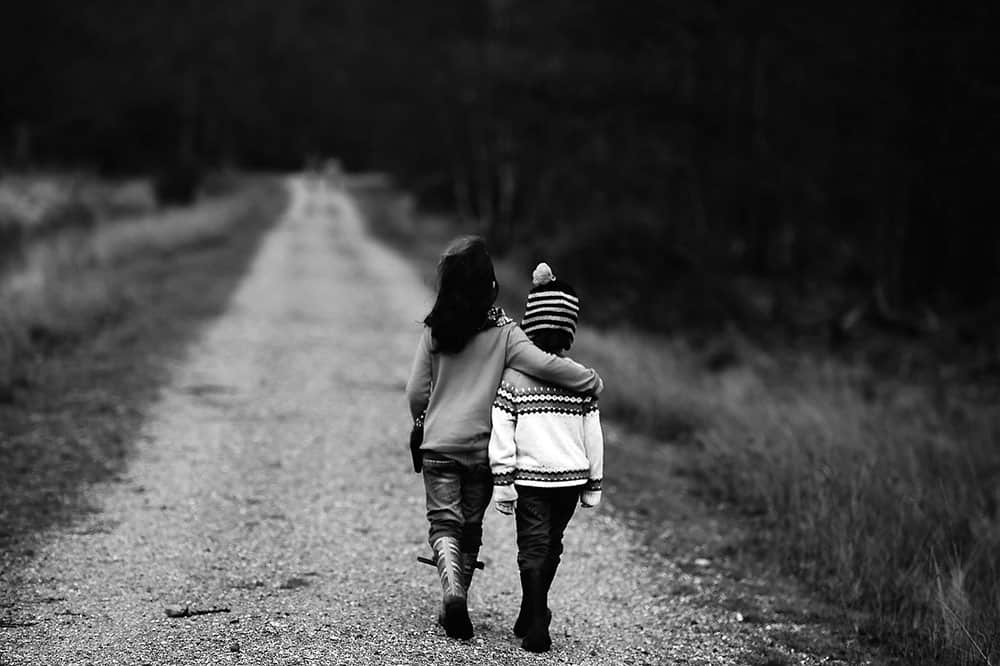
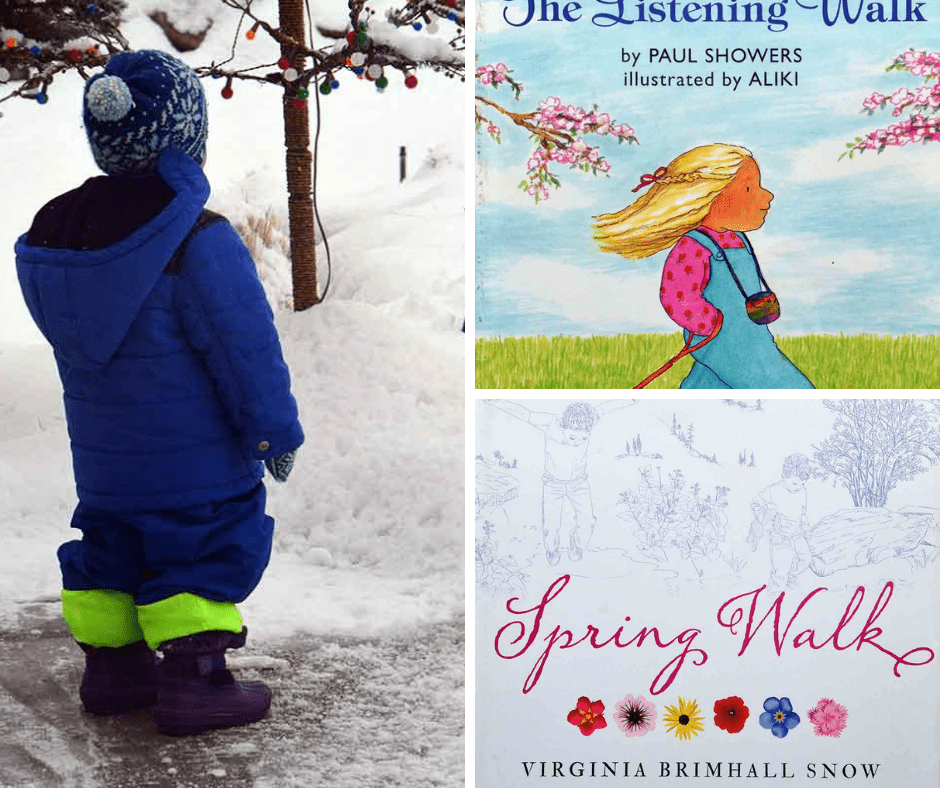

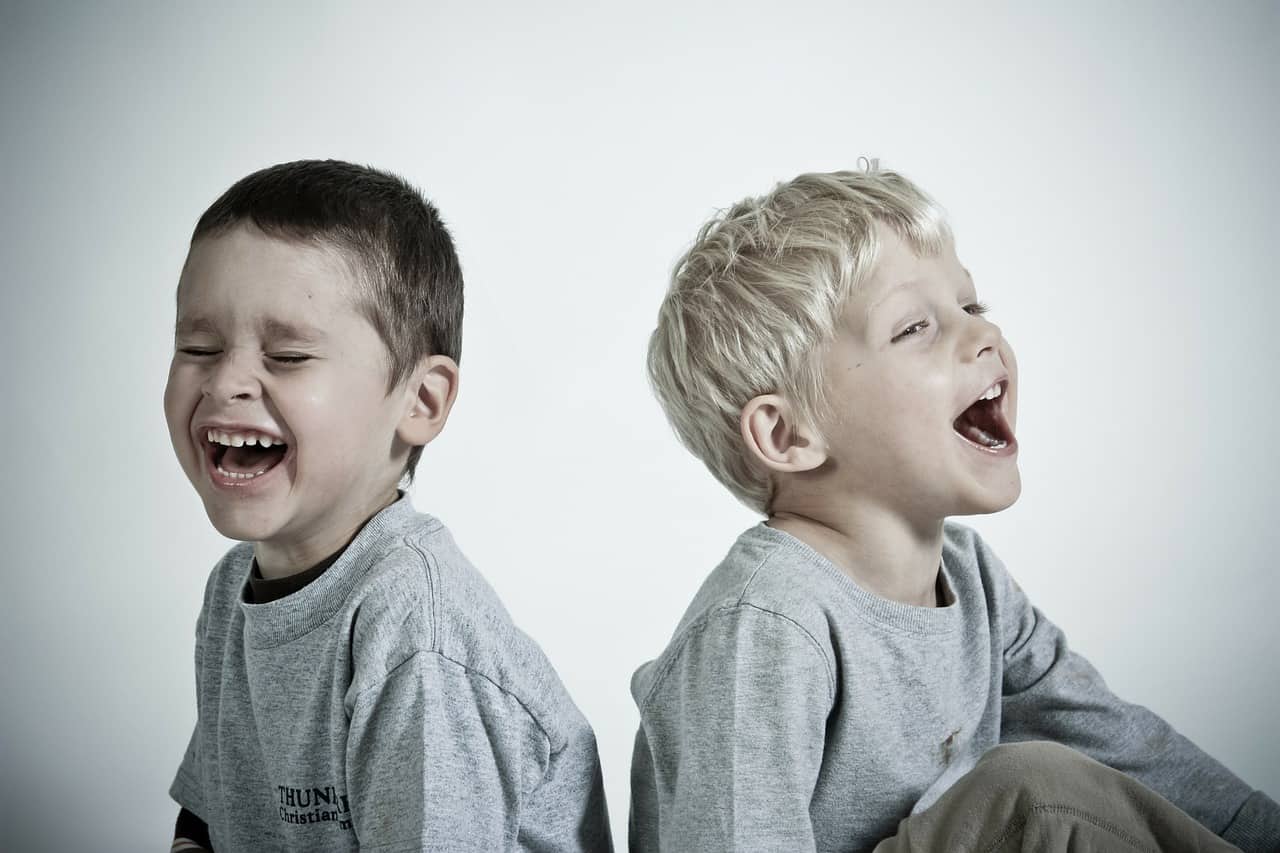
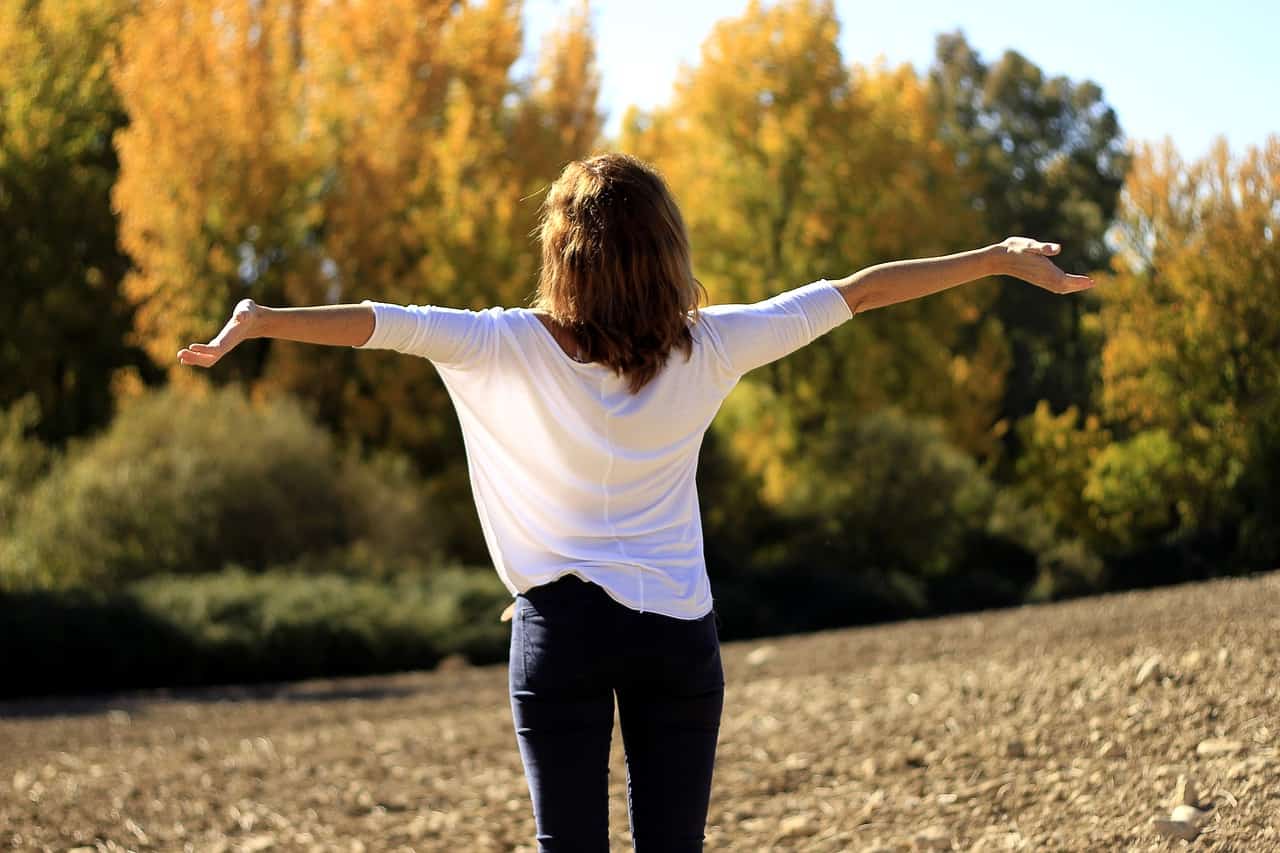
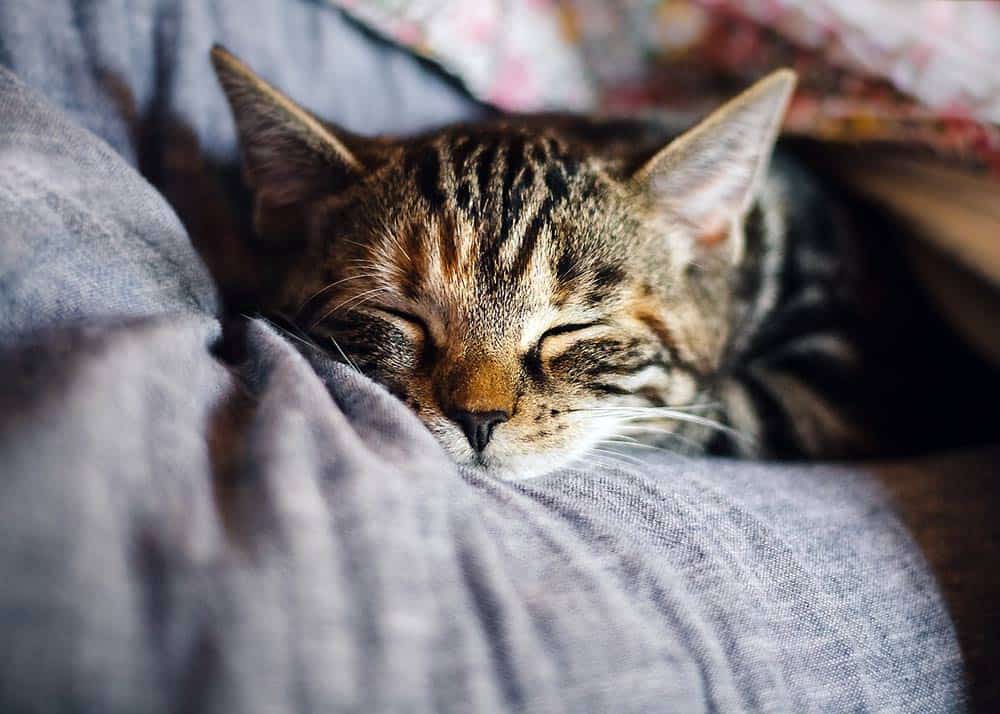
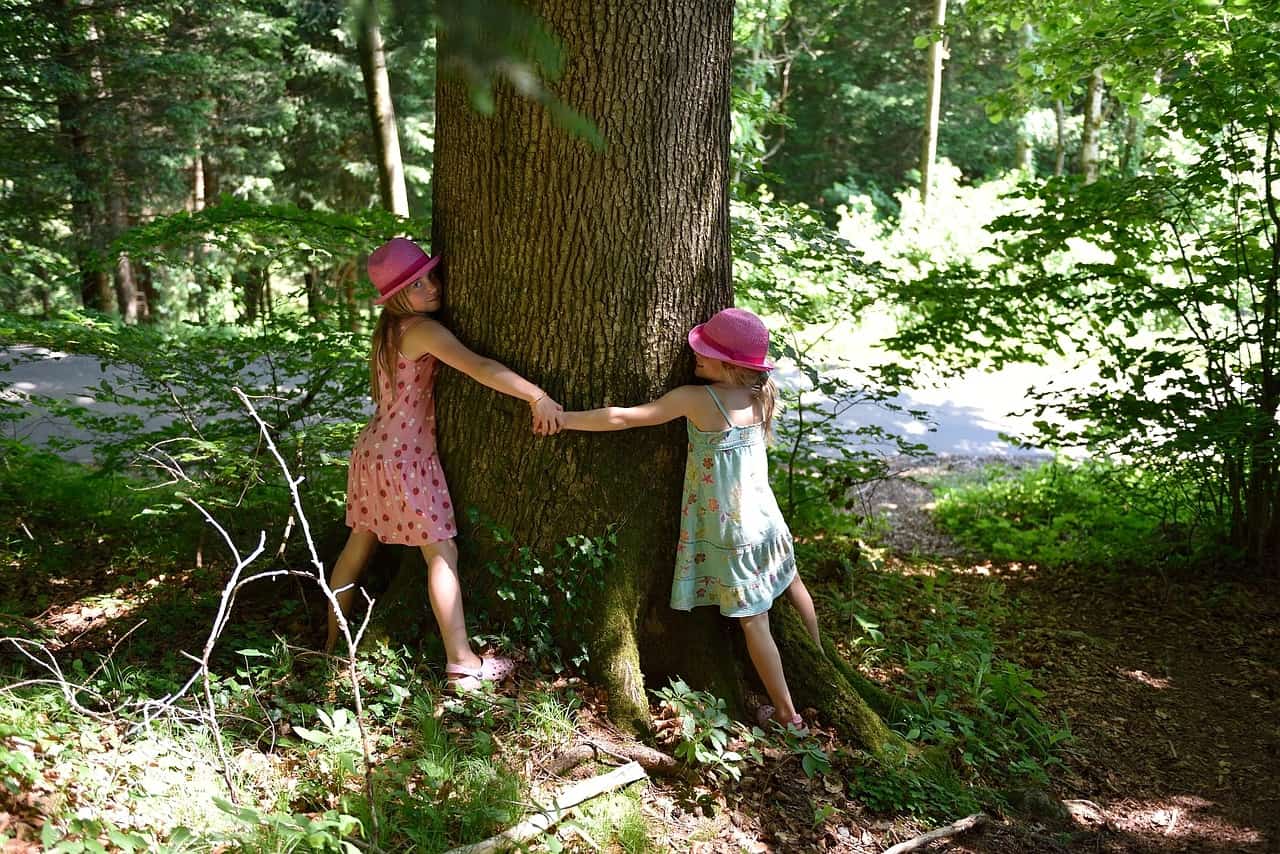
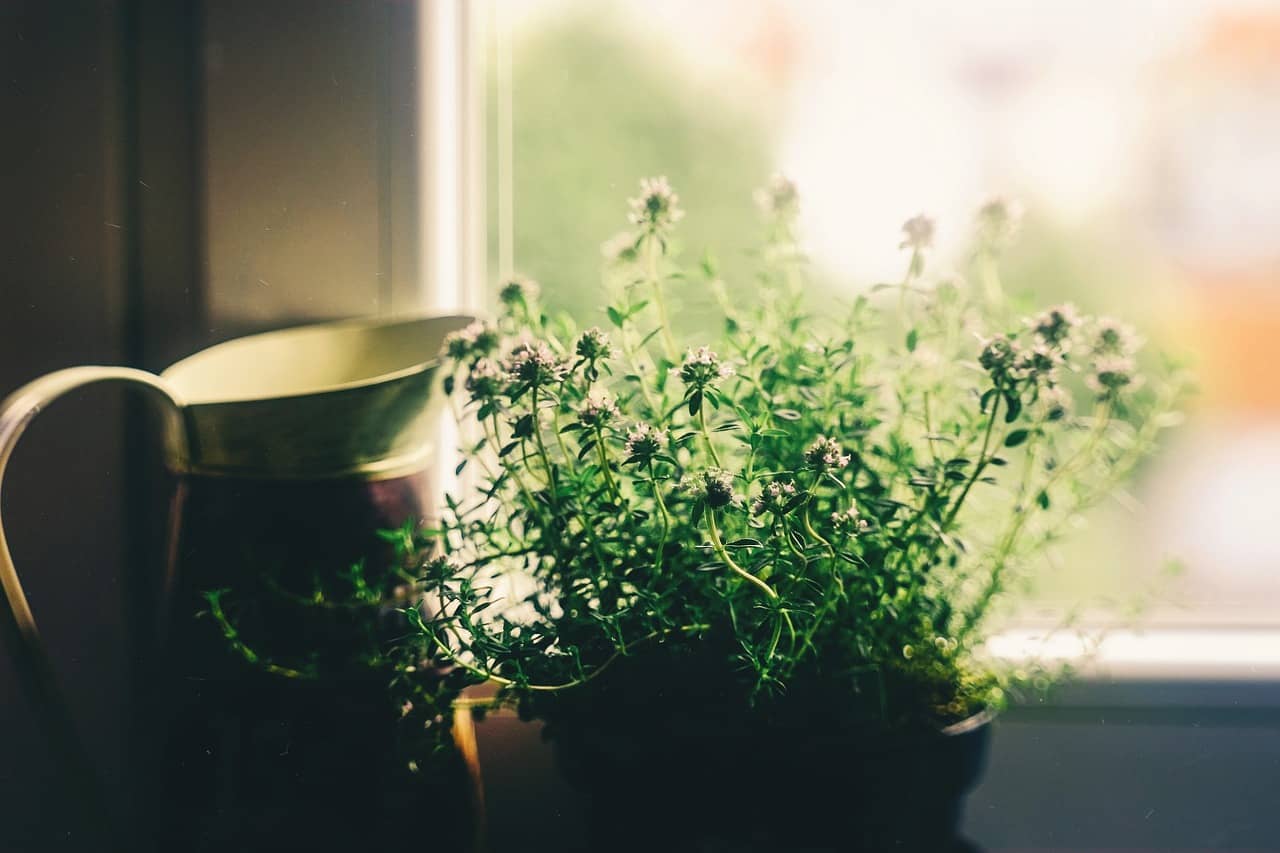


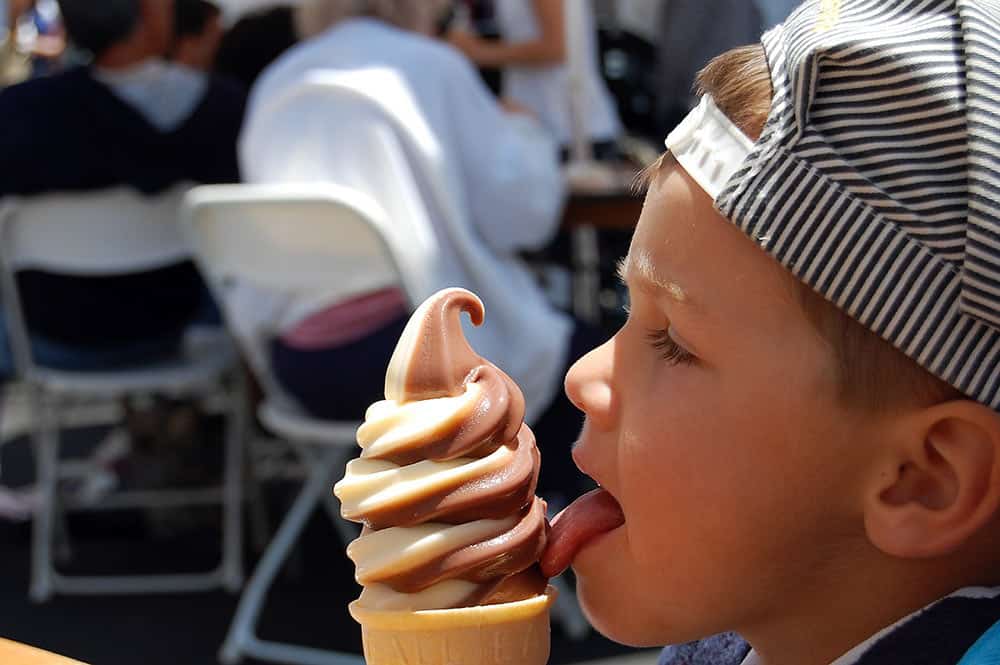

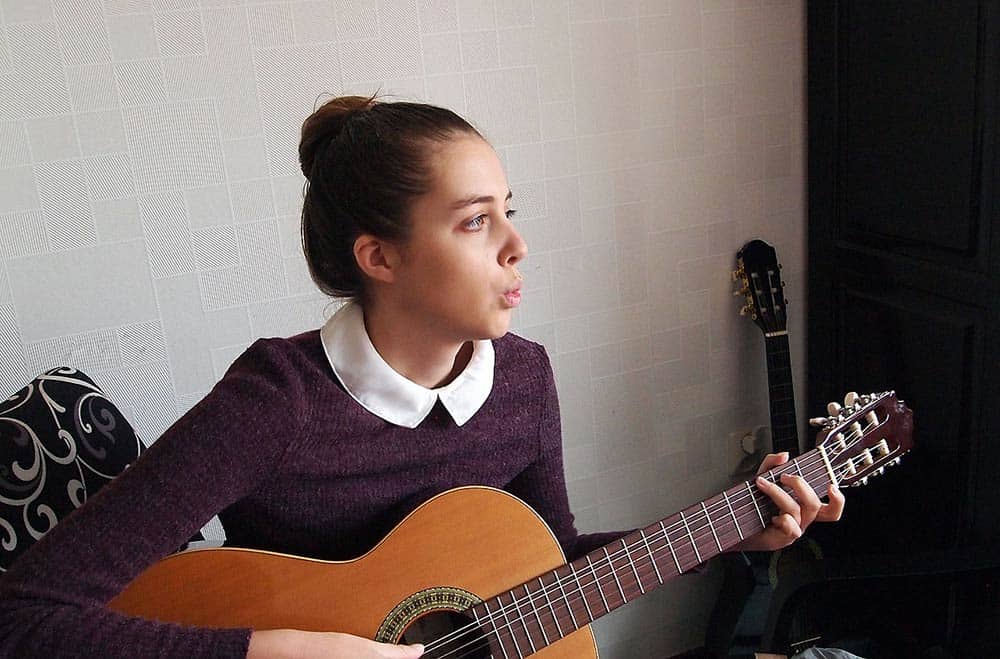


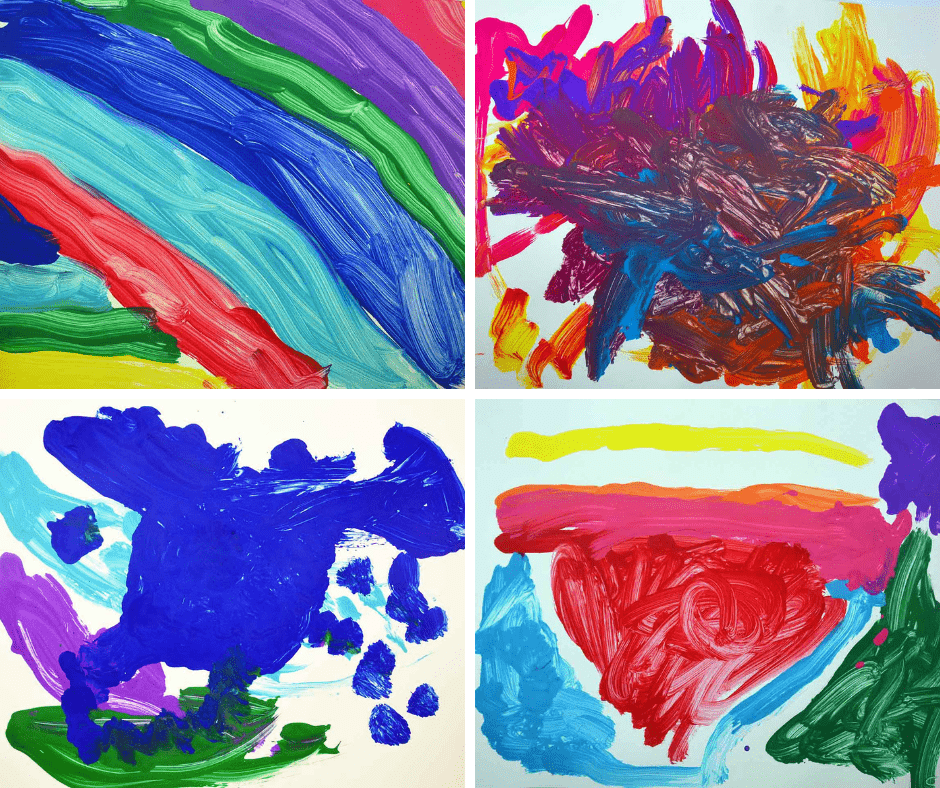

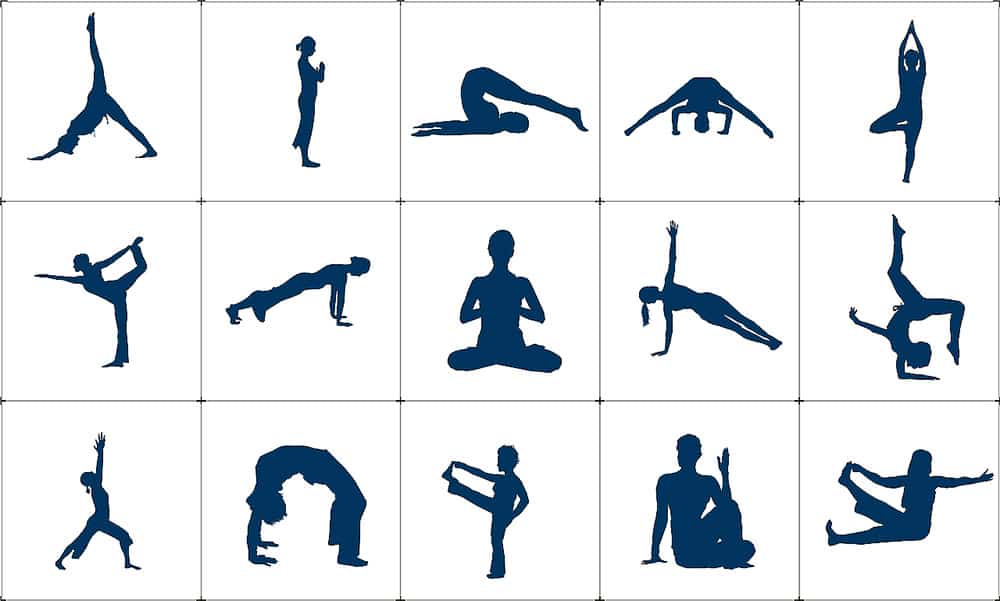
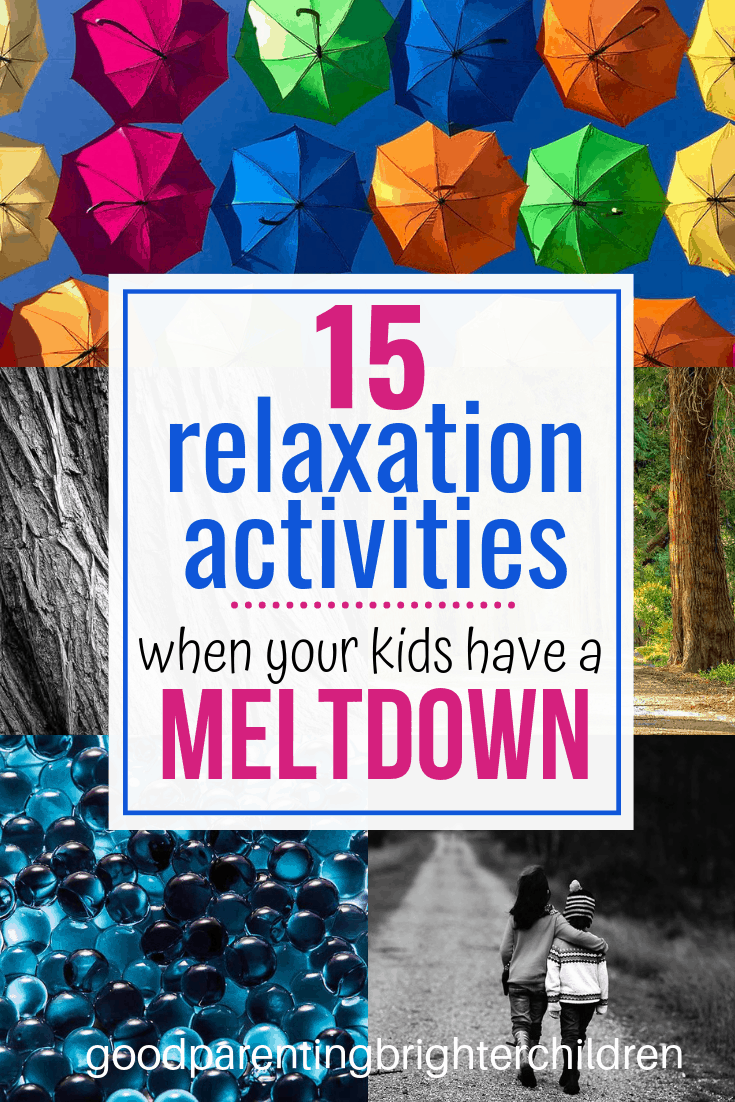
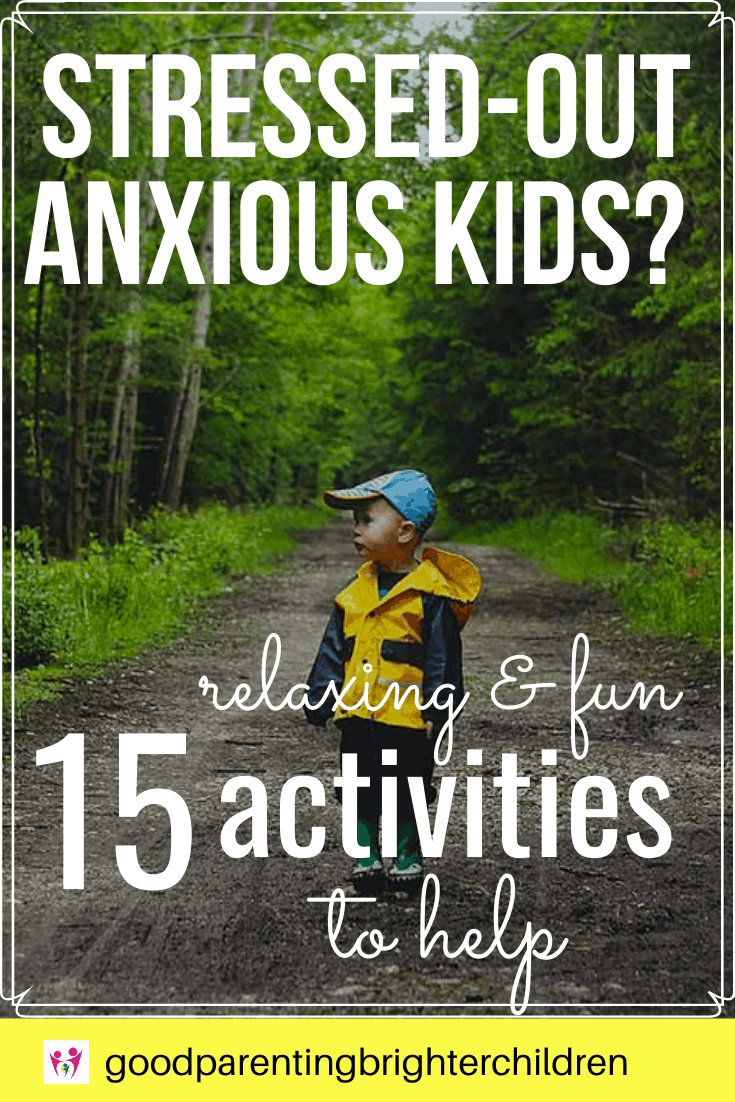


Could it be true?! I can actually laugh and burn tons of calories at the same time?? Now that’s something “The Boys’ in my life would have no problem doing. Love all these techniques so much. Adding color to my life is probably one of my favorites on the list. Thanks for sharing these simple tips, Sharlene.
Yes, i know–it’s hard to believe that laughing can burn calories! Who wouldl have thought?!! I’m going to try it–hoping to lose 10 pounds in the process! One of my favorites is the marble reflexology–it’s amazing how good it feels! Thanks for your support Tiffany!